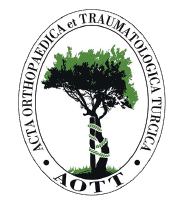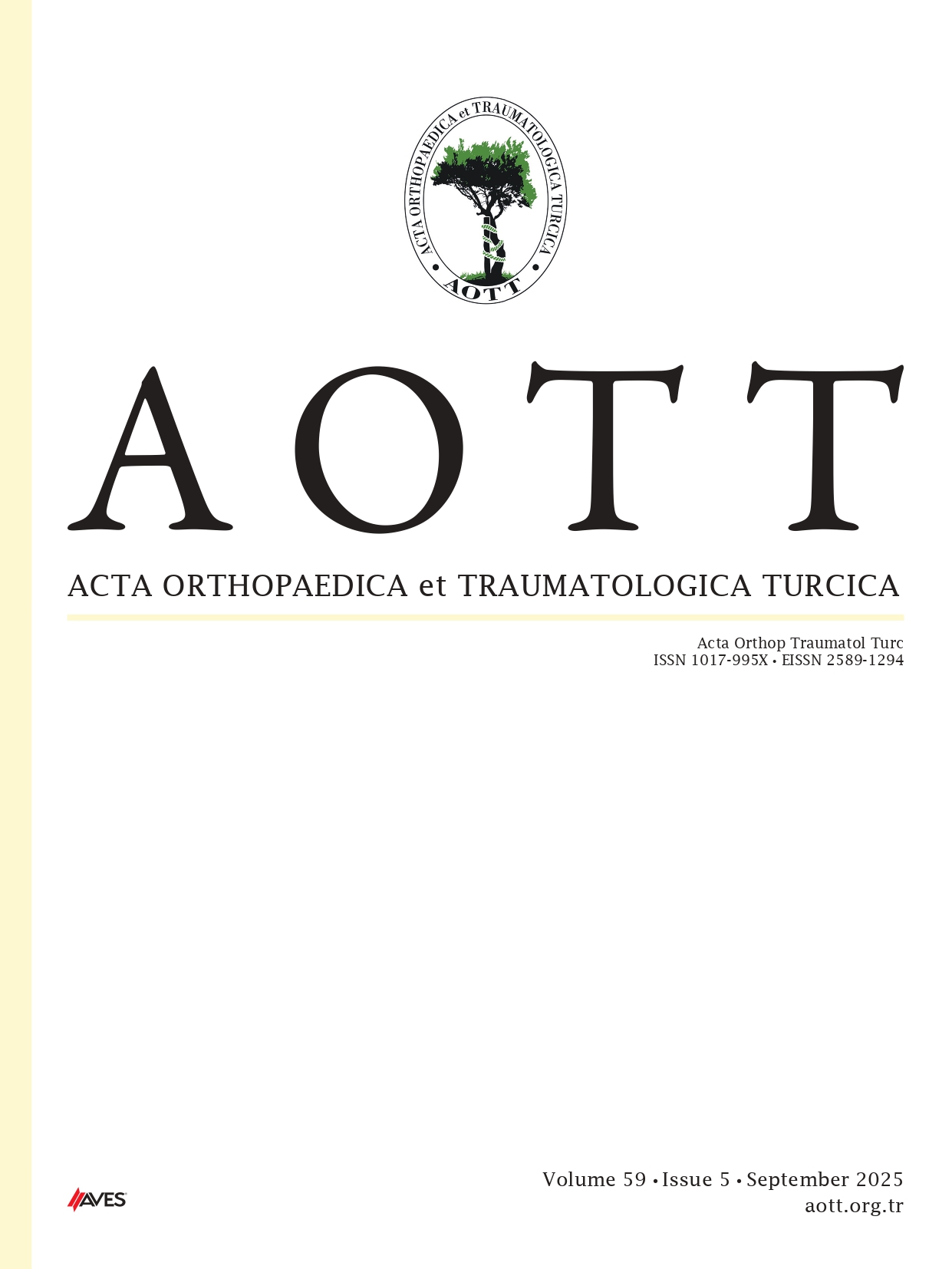Objective: Mechanical complications are common after adult spinal deformity (ASD) surgery and can significantly impair outcomes. This study aimed to predict such complications in proportioned and moderately disproportioned patients using a machine learning approach, to inform preoperative planning and enable early preventive care.
Methods: Prospectively collected clinical data, including preoperative, intraoperative, and postoperative variables, radiographic param- eters, technical details, and patient-reported outcomes, were obtained from a multi-center ASD surgery database. Parameter tuning of a random forest (RF) classifier was performed using 9-times 3-fold cross-validation over 3 rounds of grid search, with the F-score used as the primary optimization metric. The final RF model was used to derive a clinically interpretable rule set using the inTrees framework. Permutation-based feature importance was assessed for F-score, accuracy, and sensitivity.
Results: The model was trained on 295 patients (237 female, 58 male; mean age, 50 ± 19 years) with a minimum 2-year follow-up (mean 53 months, range 24-101). Mechanical complications were observed in 100 patients (34%). A test cohort of 98 patients (33% complication rate) was used for external validation. The RF model achieved 72% accuracy, 91% sensitivity, 64% specificity, and 93% negative predictive value. The derived rule set, comprising 8 rules using 1 to 3 features each, yielded 74% accuracy, 81% sensitivity, 71% specificity, and 83% negative predictive value. The location of the lower instrumented vertebra (LIV) was the most influential predictor.
Conclusion: By excluding patients with severe deformities, as defined by the GAP score, this study focused on the more clinically ambiguous group of proportioned and moderately disproportioned patients. To the authors’ knowledge, this is the first study to develop predictive tools specifically for this subgroup to assess the risk of mechanical complications following ASD surgery. These tools may assist in early risk stratification and guide preoperative decision-making to reduce postoperative complications and improve patient outcomes.
Level of Evidence: Level III, Prognostic Study.
Cite this article as: Balaban B, Demirci N, Yilgor C, et!al. Predicting mechanical complications in adult spinal deformity patients with postoperative proportioned and moderately disproportioned alignment. Acta Orthop Traumatol Turc., 2025;59(4):210-221.



.png)
.png)
